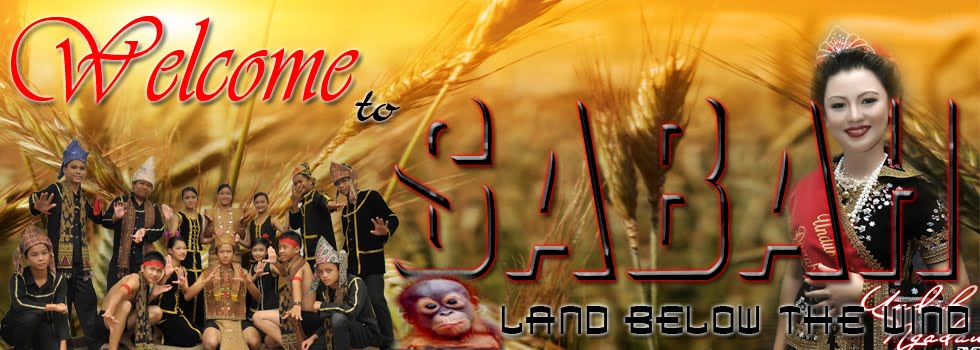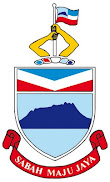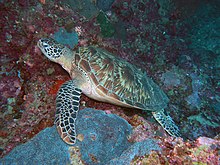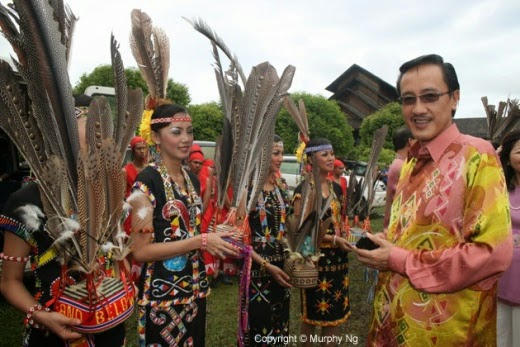Situated on the beautiful island of Borneo, Sabah is one of the thirteen states which Malaysia is made of. Sabah is the second largest state in Malaysia and shares the island of Borneo with Sarawak, Brunei, and Indonesian Kalimantan.
Sabah is richly blessed with nature diversity, unique cultures, fun adventure, beautiful beaches, and fantastic cuisines for the adventurous taste buds. We have it all, from the world’s largest flower - the Rafflesia, one of the highest mountains in South East Asia - Mount Kinabalu, to one of the world’s top dive sites - Sipadan Island. Sabah is also known for her great natural treasures which include the world-renowned Danum Valley Conservation Area and Tabin which is Sabah’s largest wildlife reserve.
Not only will you be amazed by the places to see and things to do here, you will also be treated with unique Sabahan hospitality. Explore the unique culture and tradition of Sabah and get ready to experience sweet memories to last a lifetime!
Borneo Island
Borneo is the third largest island in the world and is located at the centre of the Maritime Southeast Asia. This island is divided between Indonesia, Malaysia and Brunei.
Nevertheless, for people outside of Indonesia, “Kalimantan” refers to the area which is occupied by Indonesia on the island of Borneo. Malaysia’s region of Borneo is called East Malaysia or Malaysian Borneo. The independent nation of Brunei occupies the remainder of the island, being the wealthiest of the rest.
Once known as North Borneo, Sabah was under the British colony during the late 19th century till the early 20th century. Sabah gained self-government on the 31st of August, 1963. Sabah, together with Malaya, Singapore and Sarawak formed the Federation of Malaysia on the 16th of September 1963. At 76, 115 square kilometers large, Sabah is the second biggest state in Malaysia after Sarawak.
People and Culture
The people of Sabah are known as Sabahans. Sabah is the third most populous state in Malaysia after Selangor and Johor; it also has one of the highest population growth rates in the country.
There are currently 32 officially recognized ethnic groups in Sabah with the largest non-indigenous ethnic group being the Chinese and the largest indigenous group being the Kadazan-Dusun people. Two other larger ethnic groups in Sabah are the Bajau and Murut, compared to other states in the country; Sabah has relatively very small population of Indians and South Asians.
Apart from the Sabahans’ very own diverse mother tongues, Bahasa Malaysia (national language) and English is widely spoken; Mandarin and some Chinese dialects are also widely spoken.
In Sabah, we greet people by saying “selamat datang” (welcome) and/or “terima kasih” (thank you) with a smile. Due to religious reasons, some may prefer not to have physical contact with others. However, a handshake is generally acceptable as a way of introducing oneself.
It’s customary to remove shoes before entering a mosque as well as homes. In places of worship, visitors are required to dress modestly. Nude sunbathing is not allowed and is very frowned upon. Avoid pointing your index finger at others, as this is considered rude in the local custom.
 Tabin Wildlife Reserve is home to various endangered wildlife such as the Borneo Pygmy elephants, Tembadau and exotic birdlife. Covered in euryspecies lowland rainforest, Tabin nurtures a colossal number of tropical plants; some of which are rich in medicinal and therapeutic values. Wildlife photography aficionados and birdwathcing enthusiasts will find their visit to Tabin a truly pricelss experience!
Whether you're a wild adventure seeker, an environmentalist earth mother, a photography lover, an animal activist, or simply just someone looking out for something fun; Tabin extends her arms in welcome. Here, you'll get a taste of nature like nowhere else.
Tabin Wildlife Reserve is home to various endangered wildlife such as the Borneo Pygmy elephants, Tembadau and exotic birdlife. Covered in euryspecies lowland rainforest, Tabin nurtures a colossal number of tropical plants; some of which are rich in medicinal and therapeutic values. Wildlife photography aficionados and birdwathcing enthusiasts will find their visit to Tabin a truly pricelss experience!
Whether you're a wild adventure seeker, an environmentalist earth mother, a photography lover, an animal activist, or simply just someone looking out for something fun; Tabin extends her arms in welcome. Here, you'll get a taste of nature like nowhere else.



















.jpeg)









